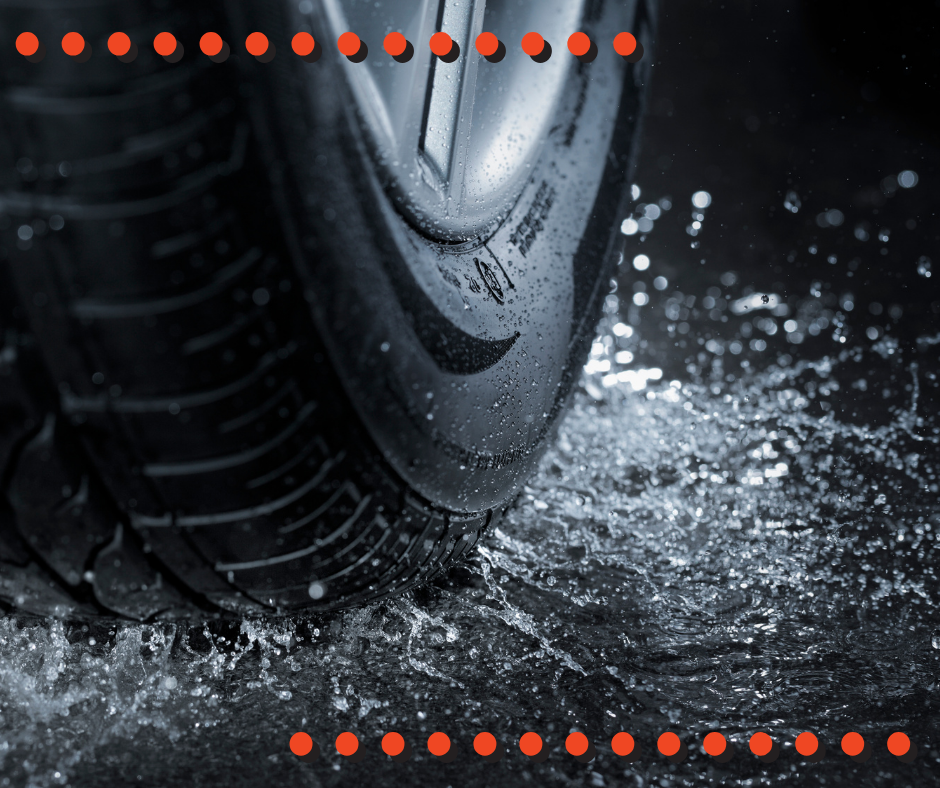The last time you brought your vehicle to your favorite Tempe auto repair shop, your mechanic recommended that you get new tires. Maybe your driving habits have made your tires wear out prematurely. Or, perhaps the tires you have are simply old and need to be replaced. Either way, you’ve been doing some shopping around and you’re confused about what those numbers on your tires actually mean.
What’s the difference between each one and can you use different tire sizes than what you currently have on your vehicle? Let’s break it down by looking at what the numbers on your tires mean and how understanding them can help you make the right purchasing decision.
What Do the Numbers On Your Tires Mean?
The code you see on your tires is a series of numbers and letters. For example, it may look something like this: P 235/55 R 18.
- P indicates the vehicle type for which this tire is intended. In this case, P stands for Passenger. Other letters you may see are LT (Light Truck) or T (Temporary, usually your spare tire).
- 235 is the section width, or measurement from your tire’s sidewall to sidewall, given in millimeters.
- 55 denotes your tire’s aspect ratio, or the percentage of your tire’s sidewall height to its width.
- R is the code which describes your tire design. The most common letter is R, for Radial, but other letters include D for Diagonal and B for Bias Belt.
- 18 tells you what wheel size this tire can be mounted on.
Other Letters and Numbers On Your Tires
There may be other markings on your tires as well. Some of the most common are listed below:
- Load index: Shown as a two-digit number, this indicates how much weight your tires can safely carry. While this may not be much of a concern for most passenger vehicles, this is extremely important for trucks and any vehicles carrying a sizable load.
- Speed rating: Oftentimes, there is a letter that follows the load index. This indicates the maximum safe speed for these tires. While this may not be as important for the average vehicle owner, it is important for off-roading vehicles or ones used for racing.
- DOT code: Also known as the tire identification number, this 12-digit string of numbers tells you where the manufacturer made this tire as well as what week and year it was made. The two-digit year code at the end is especially helpful if you’re purchasing used tires and want to know exactly how old they are.
Is It Okay to Switch Tire Sizes?
Sometimes, you may be tempted to change tire sizes if you find a great deal on new or used tires that you think will fit your vehicle. However, we suggest that you stick with the manufacturer-recommended tire size. That’s because a different size can affect your speedometer reading, gas mileage, alignment, or even cause mechanic issues.
Get the Best Tire Service in Tempe
Now that you have a better understanding of what the letters and numbers on your tires actually mean, let’s talk about tire service. Keeping your tires in great shape is essential for your driving safety. That’s why we recommend regular visual inspection of tires for tread depth, wear, and any obvious issues.
If you’re looking for professional tire service in Tempe, you’ve come to the right place! We offer tire repair, tire rotation, tire mounting and balancing, and tire sales all in one convenient location. Simply give us a call or schedule an appointment online today!





